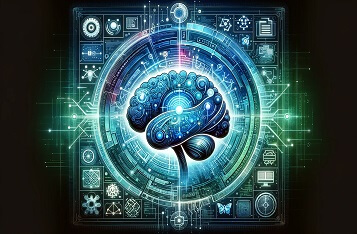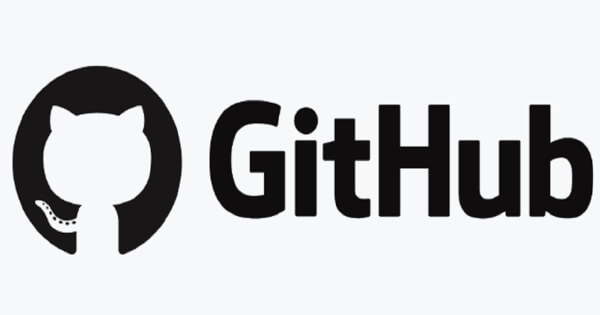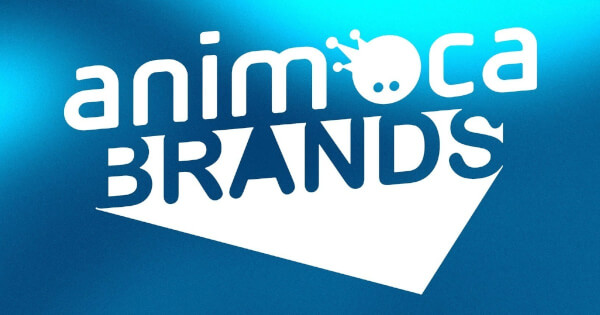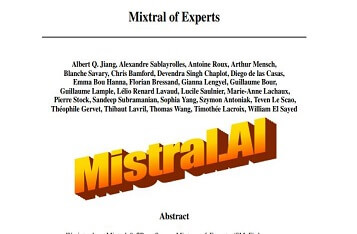Introduction to OpenGPT
OpenGPT is an open-source project designed as an alternative to OpenAI’s GPT models and Assistant API, offering enhanced flexibility. It is developed based on LangChain, LangServe, and LangSmith technologies. As an open-source project, it enables developers and researchers to access, modify, and utilize large language models (LLMs) similar to GPT-3 and GPT-4 for various applications. This project is significant in democratizing access to powerful language models, which have typically been the domain of large tech companies due to their resource-intensive nature.
Source: LangChain · GitHub
Developed and maintained by LangChain AI, OpenGPT’s primary goal is to provide a free, community-driven alternative to commercial language model APIs. It allows users to build and deploy their own language model-based applications. The initiative focuses on flexibility and customization, enabling users to integrate various tools and functionalities as per their specific requirements.
Why OpenGPTs?
The landscape of NLP has been profoundly shaped by large language models (LLMs) such as OpenAI’s GPT-3 and GPT-4. These models have set new standards in language understanding and generation, finding applications in diverse fields from creative writing to technical support. However, their proprietary nature often limits accessibility and adaptability, especially for independent developers, researchers, and small organizations. OpenGPT emerges as a response to this gap, aiming to make the benefits of such advanced models more widely available.
Objectives and Vision
The overarching goal of OpenGPT is to democratize access to advanced language model technology. By providing an open-source alternative, it enables a wider range of users to experiment, modify, and deploy language models in a variety of contexts. This has the potential to drive innovation in NLP and aligns with the broader movement towards open-source technology and knowledge sharing.
Development and Contributions
GitHub Repository: OpenGPT is hosted on GitHub, where it is continuously updated and refined by LangChain AI and the broader development community. The repository reflects a collaborative effort, with contributions spanning code enhancements, documentation improvements, and active issue resolution. OpenGPT is licensed under the MIT License and has received over 5,000 stars on GitHub
API and Extensibility: At the core of OpenGPT is its API, which serves as a bridge between the users and the language model. The API documentation is comprehensive, covering various aspects of model interaction, including creating assistants, configuring features, and integration into different applications. This focus on extensibility and adaptability is a key feature of OpenGPT.
Community Engagement: The project emphasizes community-driven development, evident in its active engagement with user feedback, bug reports, and feature requests. This approach not only ensures continuous improvement but also fosters a sense of ownership and involvement among the users.

Source: DALL·E
Customization and Integration Capabilities of OpenGPTs
Choice of Language Models: Users have the flexibility to select from over 60 different language models provided by LangChain, tailoring the core AI engine to their specific needs.
Prompt Customization: With LangSmith, users can fine-tune and debug the prompts they use, enhancing the effectiveness and precision of interactions.
Tool Integration: OpenGPTs offers the option to incorporate over 100 tools from LangChain’s extensive library, or even add custom tools written by users, thereby expanding its functionality.
Vector Database Integration: Users can select from more than 60 vector database integrations available in LangChain, allowing for more sophisticated data handling and retrieval.
Retrieval Algorithm Flexibility: OpenGPTs provides the ability to choose and configure the retrieval algorithm, enabling optimized information fetching based on user requirements.
Chat History Database Management: The platform also allows users to select and manage the chat history database, ensuring efficient storage and retrieval of conversational data.
Difference between ChatGPT and OpenGPT
Underlying Technology: ChatGPT, developed by OpenAI, is based on the Generative Pre-trained Transformer (GPT) series, with versions such as GPT-3.5 and GPT-4. ChatGPT is fine-tuned specifically for conversational interactions, making it adept at generating human-like text in dialogue formats. OpenGPT, on the other hand, is an open-source project, developed with a focus on providing a more flexible and accessible alternative to these proprietary models. OpenGPT is built upon technologies like LangChain, LangServe, and LangSmith.
Model Training and Data: ChatGPT models like GPT-3.5 and GPT-4 are trained on vast amounts of data, and their training data is updated periodically. OpenGPT’s training data and model updates would depend on the community contributions and the direction set by the developers involved in the project.
Customization and Flexibility: OpenGPT offers a high degree of customization, allowing users to tweak various parameters to create a chat experience that aligns with their specific needs. ChatGPT, while offering conversational fluidity and a diverse knowledge base, operates within the parameters set by OpenAI. Its customization capabilities, especially for developers, are more limited compared to the open-source nature of OpenGPT.
Community and Support: OpenGPT relies heavily on community support and contributions for its development and maintenance. ChatGPT, backed by OpenAI, benefits from the organization’s resources and structured development process.
Application and Usage: ChatGPT, being a product of OpenAI, is primarily used for applications requiring conversational AI, such as chatbots, virtual assistants, and customer support automation. OpenGPT, with its open-source model, caters to a broader range of applications, particularly where customization and integration into diverse systems are required.
Pricing and Accessibility: ChatGPT, based on OpenAI’s GPT-3, was initially available for free, and with the advent of GPT-4, OpenAI introduced a subscription service, ChatGPT Plus, priced at approximately $20 monthly, offering enhanced features and capabilities. OpenGPT, being open-source, does not have a similar pricing structure and is generally more accessible, especially for those looking to modify or extend the model’s capabilities.
Challenges and Future Prospects
OpenGPT, like many open-source projects, faces challenges including sustainability, community management, and competition with established, well-funded proprietary models. Moving forward, the project may focus on expanding the model’s capabilities, improving usability, and building a stronger support network. These efforts are essential in maintaining the relevance and utility of OpenGPT in the rapidly evolving field of AI and NLP.
Conclusion
OpenGPT represents a paradigm shift in the realm of large language models, championing open-source principles in an area traditionally dominated by proprietary technologies. Alongside platforms like Hugging Face, which also promotes open-source collaboration in AI, OpenGPT stands as a beacon of community-driven innovation. Offering a platform that is powerful, accessible, and adaptable, it, together with similar initiatives, holds great promise in reshaping the landscape of language models and their applications. As these projects evolve, they illustrate the significant impact of open-source approaches in the field of artificial intelligence.
Image source: Shutterstock
Credit: Source link























